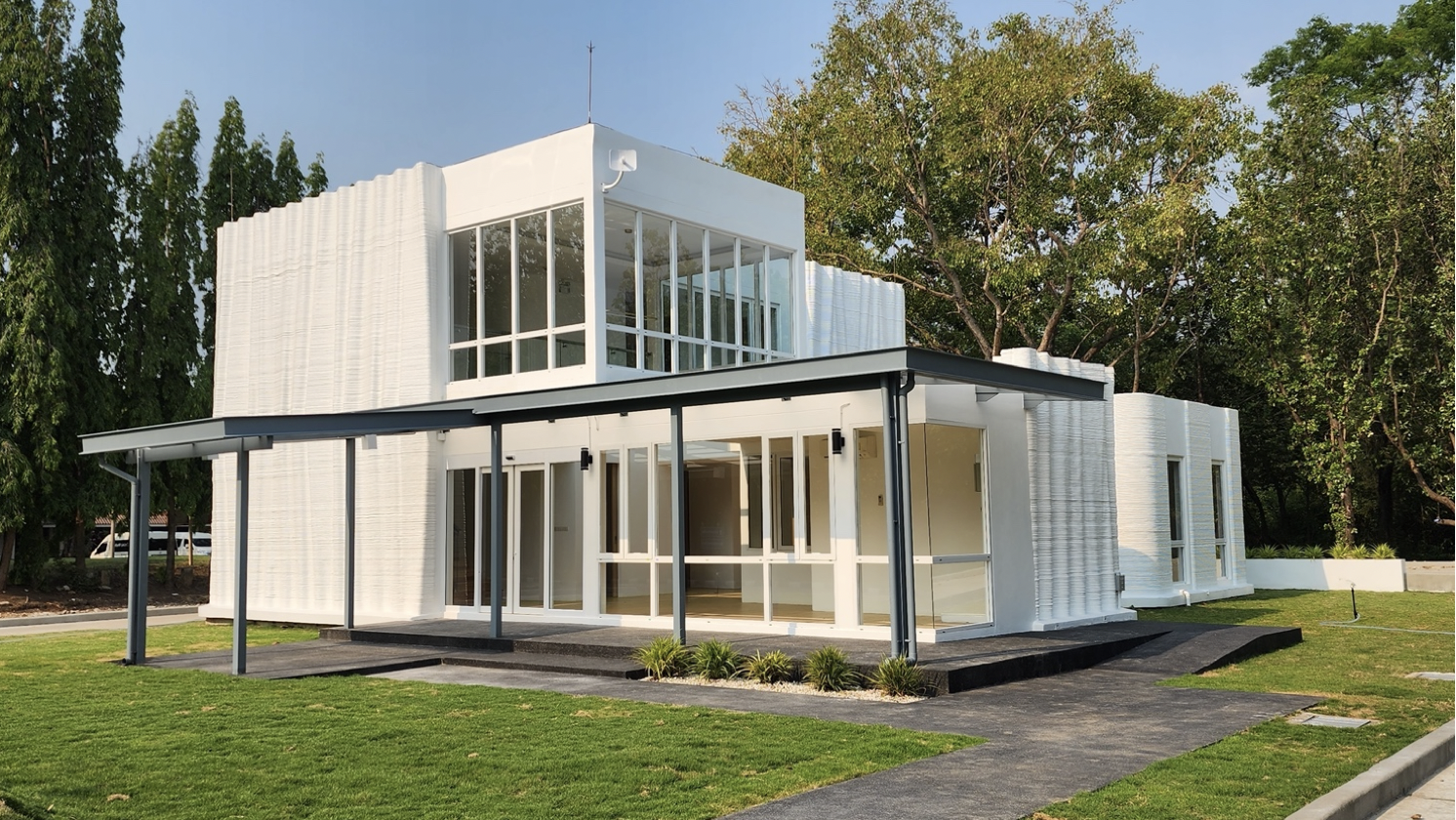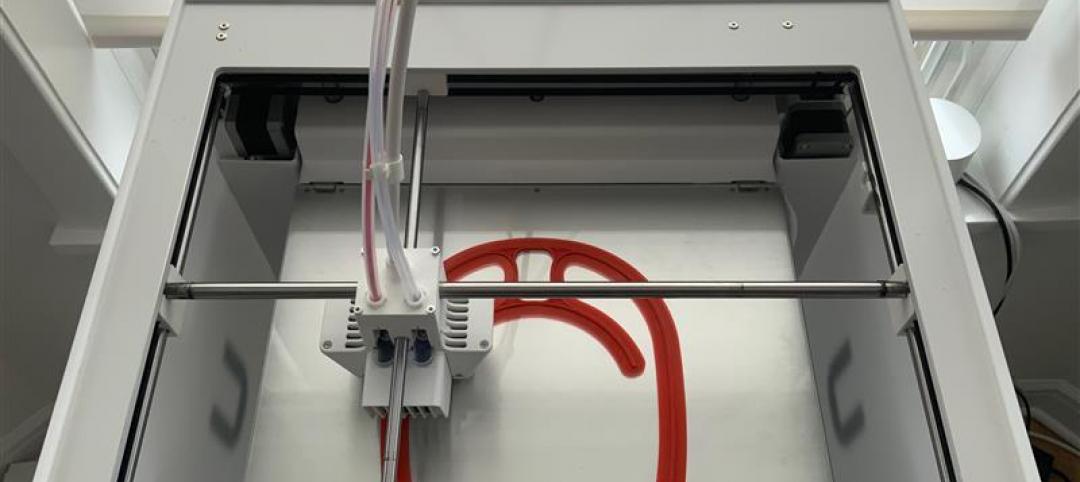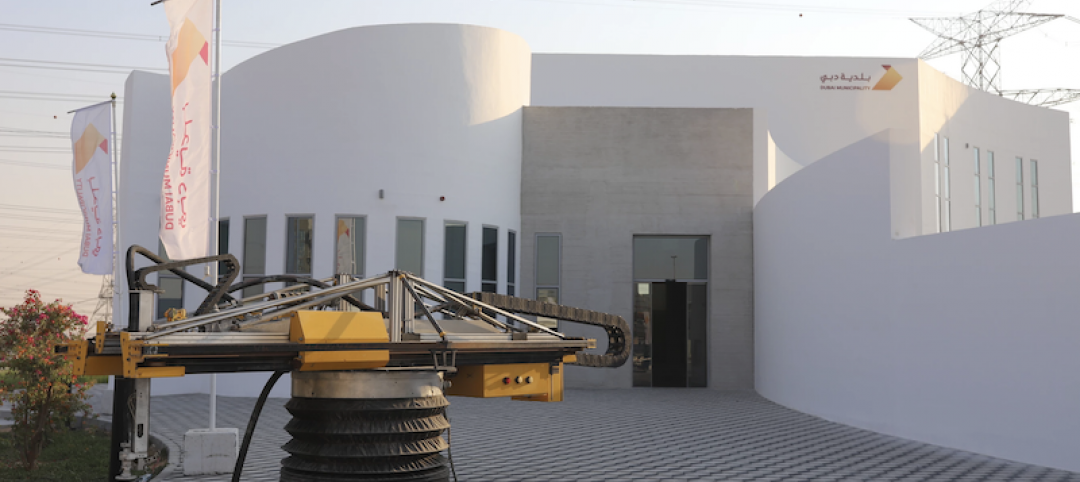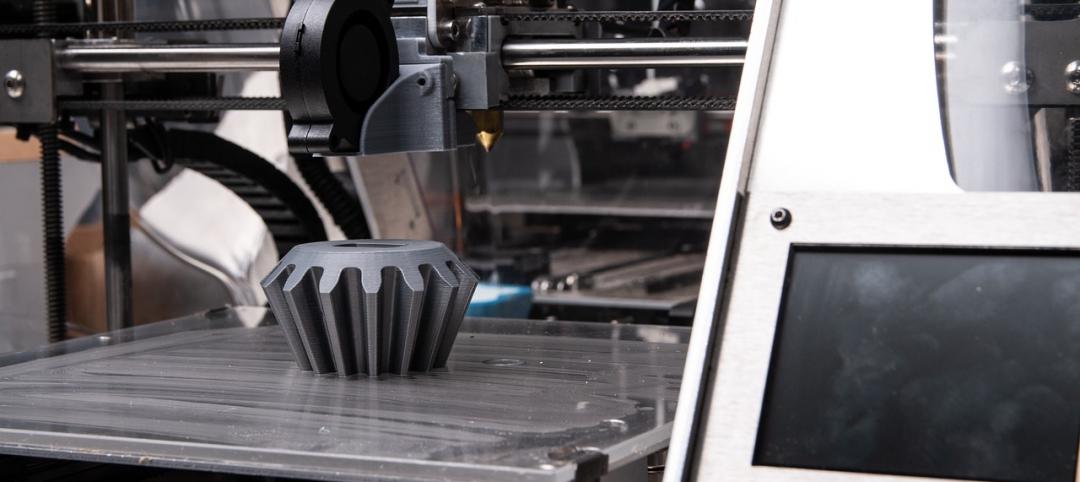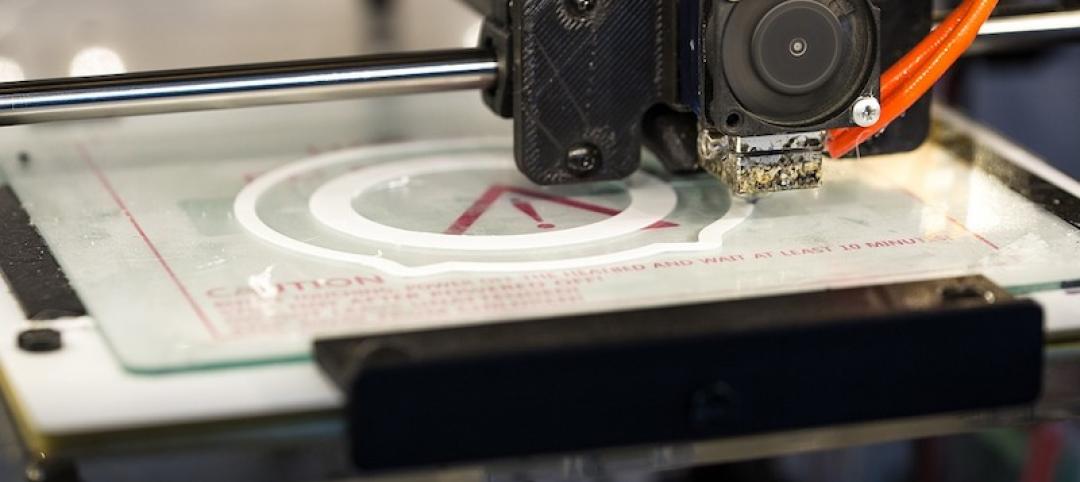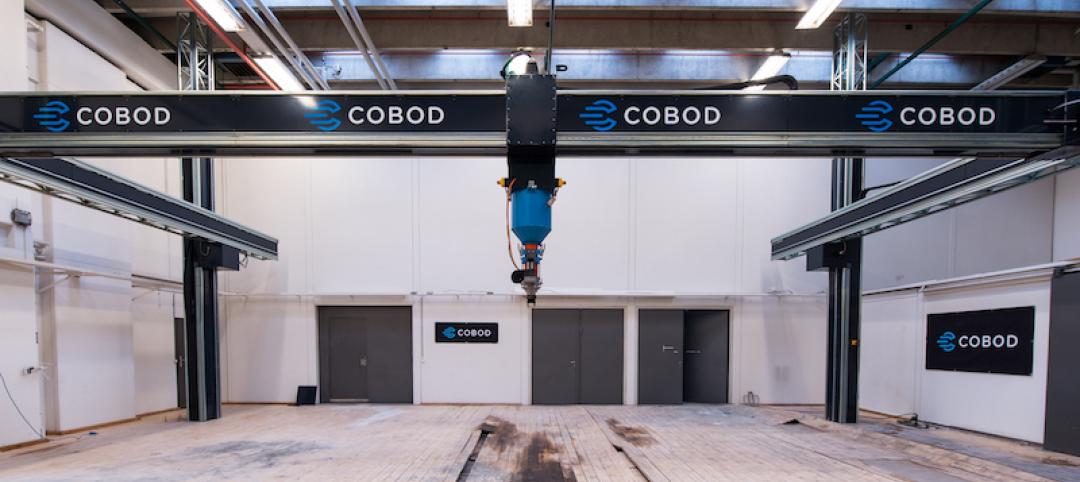3D construction printing reached new heights this week as the world’s first 3D-printed medical center was completed in Thailand. Often associated with residential homebuilding, 3D construction printing (3DCP) is an industry innovation that aims to build homes faster, cheaper, and stronger.
The recently finished medical center in Saraburi, Thailand, spans 3,712 sf and is two stories tall—the first two story 3D-printed building in the ASEAN countries. The medical center was built by Siam Cement Group (SCG), the largest and the oldest cement and building material company in Thailand and Southeast Asia.
Building the world’s first 3D-printed medical center
Using a BOD2 3D concrete printer from COBOD, the medical center bears a familiar wavy-wall design often seen in many 3D-printed structures. This building was specifically designed to support seismic loads as well. Due to the method of 3DCP, SCG was able to build the center at an increased speed with less labor required compared to conventional building methods.
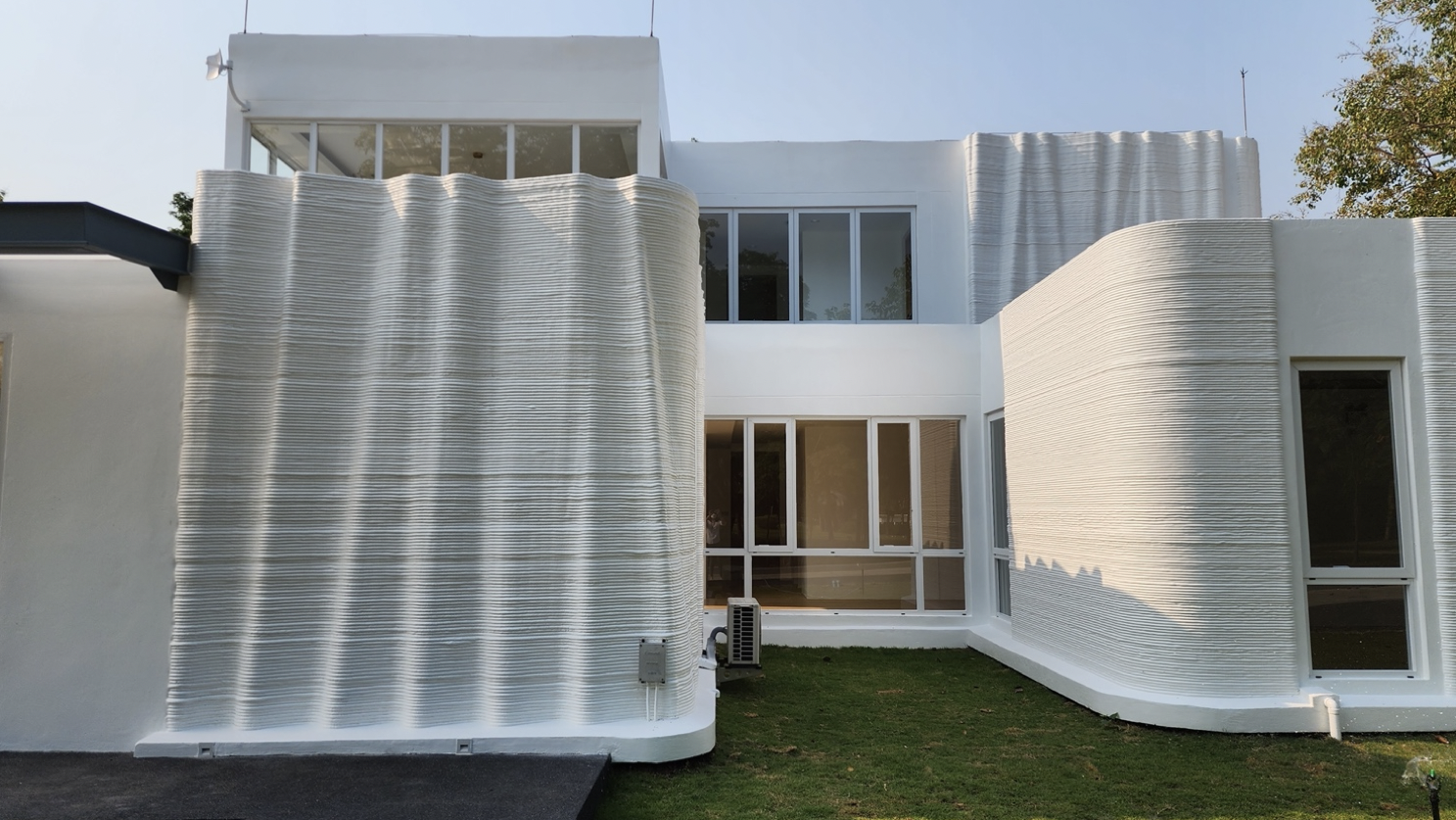
The success of the Saraburi medical center was supported by SCG’s collaborative studies with Thailand universities. Chalermwut Snguanyat, 3D Printing and Fabric Concrete Technology Director from SCG, notes that the design of the 3D-printed medical center was approved by a senior professional engineer, and the materials used were SCG printing mortars with strength classes of C75/80 and C30/35 for load-bearing and non-load-bearing walls, respectively.
According to SCG, the building’s freeform design stands out for “only being possible due to the use of 3D construction printing.”
As an official distributor of COBOD in Thailand, SCG aims to continue increasing construction efficiencies, improving design, and reducing the environmental footprint by generating less waste on the construction site.
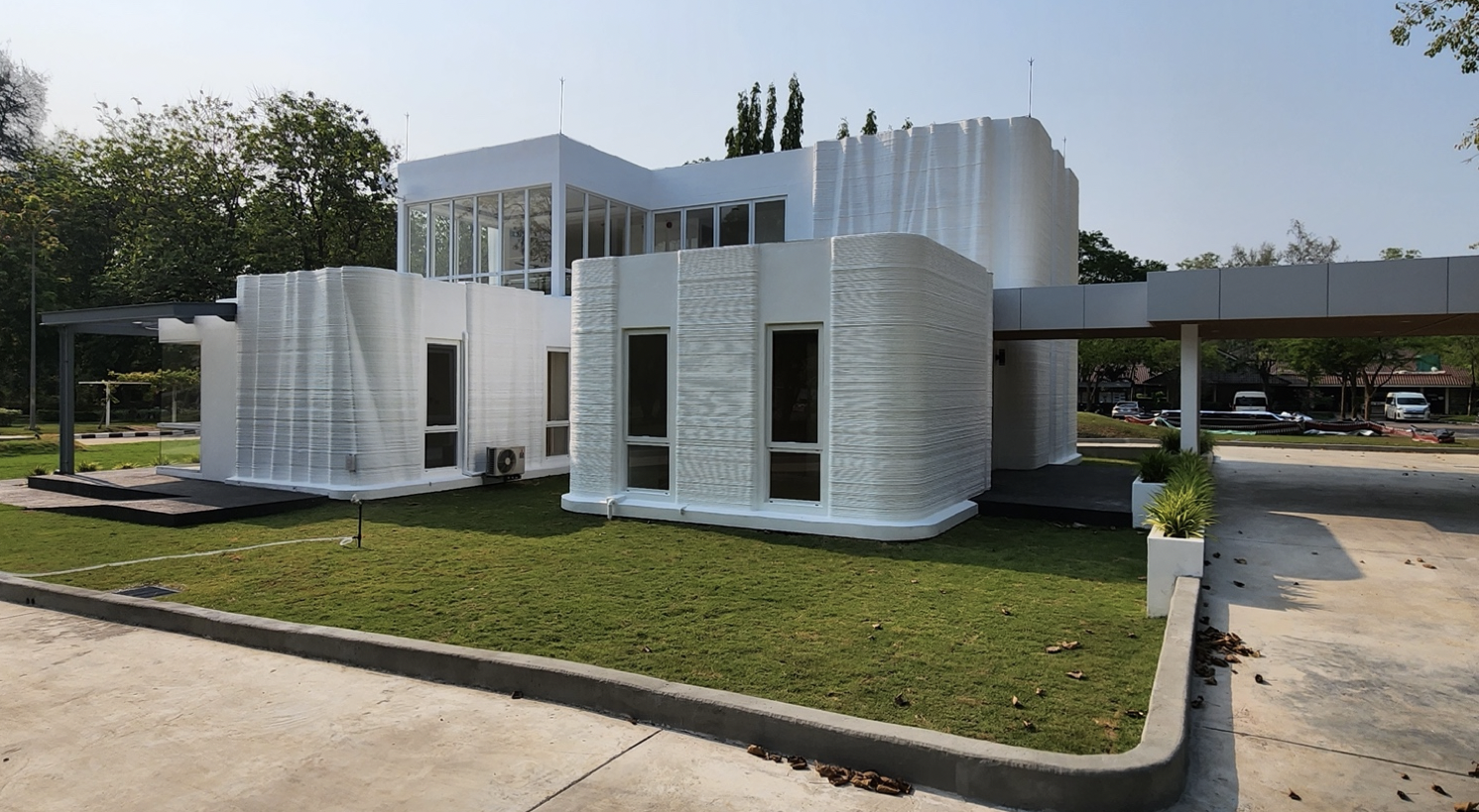
RELATED:
- 3D printing for construction advances in Germany
- Montana becomes first U.S. state to approve 3D printing in construction
- Will 3D printing be an answer for building more affordable homes?
Related Stories
3D Printing | Nov 27, 2020
The Fibonacci House: A test case of 3D construction printing
The Fibonacci House, which we have named after Leonardo Fibonacci, the medieval Italian mathematician, illustrates the potential of 3DCP and demonstrates how a complex design and challenging logistics can be solved through pragmatic planning and 3DCP technology.
Coronavirus | Apr 15, 2020
3D printing finds its groove fabricating face shields during COVID-19 crisis
The architecture firm Krueck + Sexton is producing 100 shields for a Chicago-area hospital.
Coronavirus | Apr 4, 2020
COVID-19: Architecture firms churn out protective face shields using their 3D printers
Architecture firms from coast to coast have suddenly turned into manufacturing centers for the production of protective face shields and face masks for use by healthcare workers fighting the COVID-10 pandemic.
AEC Tech | Feb 13, 2020
Exclusive research: Download the final report for BD+C's Giants 300 Technology and Innovation Study
This survey of 130 of the nation's largest architecture, engineering, and construction firms tracks the state of AEC technology adoption and innovation initiatives at the AEC Giants.
3D Printing | Dec 10, 2019
6,888-sf Dubai Municipality building is the largest 3D printed building to date
Apis Cor 3D printed the building.
3D Printing | Sep 17, 2019
Additive manufacturing goes mainstream in the industrial sector
More manufacturers now include this production process in their factories.
3D Printing | Jun 10, 2019
Thornton Tomasetti invests in 3D printing firm
XtreeE focuses on large-scale 3D-printing for the AEC industry.
3D Printing | Mar 14, 2019
Saudi Arabia just purchased the largest 3D construction printer in the world
COBOD developed the printer, dubbed the BOD2.
3D Printing | Dec 7, 2018
Additive manufacturing heads to the jobsite
Prototype mobile 3D printing shop aims to identify additive manufacturing applications for construction jobsites.
3D Printing | Aug 31, 2018
Marines built the world’s first continuous 3D-printed concrete barracks in 40 hours
Normally, it takes 10 Marines five days to build a traditional barracks out of wood.


